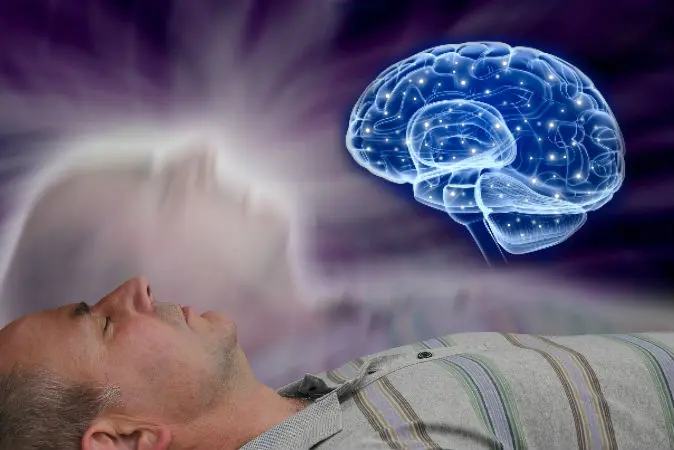A study published by researchers at the Karolinska Institute in Sweden on April 30 is being lauded by some media reports as evidence that out-of-body experiences (OBEs) have their source in the brain. Some OBE researchers, however, warn against this conclusion. Among their reasons for issuing such a warning is the fact that the Swiss experiments reproduce, shallowly, one possible element of an OBE rather than addressing all the complex elements of the phenomenon.
Dr. Arvid Guterstam and his colleagues at the Institute created the illusion in the minds of test subjects that their bodies were in locations other than where they actually were. While creating this illusion, the researchers monitored the subjects’ brains using magnetic resonance imaging (MRI) to see which parts of the brain were affected by the lab-produced “OBE.”
The illusion was created using a video headset. The subject would see in the video the body of a stranger located in a different part of the room. The researchers would stroke a part of the stranger’s body while simultaneously stroking a part of the subject’s body. This caused the subject to associate his own body with that of the stranger—it felt like he was outside of his body and located in the part of the room where the stranger’s body was.
Parts of the brain that showed a response to this illusion included the premotor cortex (related to movement), the intraparietal sulcus (related to perceptual motor coordination), the posterior cingulate cortex (connected to various brain networks, it is thought to play an important cognitive role, but there is no consensus on what this role is; it may be related to self-awareness), and so-called “GPS-cells.”
Norwegian researcher Edvard Moser, his wife, May-Britt Moser, and British-American scientist Dr. John O'Keefe won a Nobel Prize in October 2014 for discovering these “mapping” GPS-cells that make it possible to orient ourselves in space.





